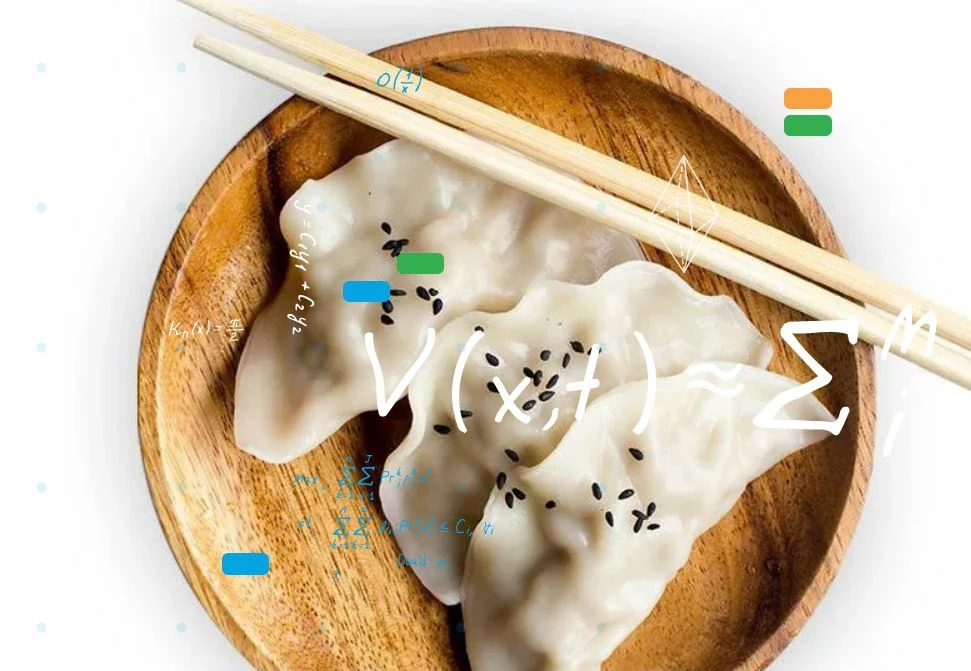
Partner Article
What does digital transformation look like for the food and beverage industry, post COVID-19?
By Richard Blatcher, Director of Business Intelligence at PROS
Although the food industry experienced a massive surge in eCommerce as a result of COVID-19, it is still unfortunately behind the curve when it comes to digital transformation of the customer experience at the increasingly multiple points of sale.
Planning in the current climate is consuming management teams across the whole food supply chain — just as the data around the decisions people make on what to eat, from whom to buy and through what channels, evolves almost hourly.
A few of the unprecedented disruptions the food industry is now facing include online orders increasing overnight, supply chains suffering massive strain, the workplace shifting to remote formats with demand and prices fluctuating erratically. Food manufacturers are facing constant pressure regarding margins and every brand is dealing with the startling fact that their business plans are irrelevant. Choosing to follow the status quo has been detrimental to the success, or even the survival of a business with a traditional approach.
Before the COVID-19 pandemic, tech-savvy players were utilising digital selling channels and data science to accurately plan, bid and sell effectively. As a result, the pricing and selling of goods for these businesses in real time is now a reality, with instant information around capacity, demand, costs, and competition available.
The food and beverage industry, to mirror the success of other industries, must embrace the digital transformation of the sales process too, so it can grow rapidly and become even more resilient, post COVID-19. Digital technology has allowed more insights into the behaviours and usage patterns of traditional customers. This has contributed to a virtuous cycle of deeper understanding, coupled with a capacity to more directly personalise products and their associated offerings.
Fortunately, the path for the food and beverage industry to digitally transform is clear and tangible.
Towards the end of 2020, a survey from Hanover Research of over 200 purchasing professionals was conducted to understand more about the impact of COVID-19 on digital transformation and the B2B sales process.
It found that since the pandemic, B2B buyers primarily purchasing through digital self-serve channels have increased by 28%.
As food manufacturers move to establish agile price management processes and respond correctly to market changes, they must also focus on realigning their sales channel with this new ‘digital normal’. This means giving traditional sales teams the tools to sell through digital channels so they can address customer demands and potential new competitor moves – all while operating remotely. Additionally, as the industry moves to digital buying, customer expectations for response speeds rise, while the need for personalisation remains. To achieve this balance, it is imperative these teams have tools like AI-powered analytics and price optimisation so they can deliver personalised offerings in real -time consistently across multiple sales channels. By doing so, it ultimately drives greater value for both vendor and customer and establishes an opportunity for greater customer loyalty.
Businesses that are able to deliver frictionless digital experiences - driving buyers to personalised offers with competitive and value-based market relevant pricing - will gain a competitive advantage.
Food manufacturers, therefore, must embrace a highly-accelerated approach to adopting eCommerce and digital commerce channels. Simply put, customers are already moving to buying online, and the changes in buyer behaviour as a result of the COVID-19 outbreak has expedited this process.
In addition, the industry must align its sales channels more effectively. This means building multichannel capabilities into technology and processes. Buyers should be able to fluidly move between in-person, eCommerce and other digital channels for a connected and consistent experience. And in fact, customers will expect this. All interactions must be part of a digital engagement that enables food companies to learn and adapt to buyer preferences and market shifts ahead of their competition.
Ultimately, whatever changes arise from the COVID-19 outbreak, the food industry can and must embrace the opportunity to move to digital commerce and digital selling, both to react appropriately to the current state of global commerce, and to be ready for the future ‘new digital normal’.
This was posted in Bdaily's Members' News section by PROS .
Enjoy the read? Get Bdaily delivered.
Sign up to receive our popular morning National email for free.








 Time to stop risking Britain’s family businesses
Time to stop risking Britain’s family businesses
 A year of growth, collaboration and impact
A year of growth, collaboration and impact
 2000 reasons for North East business positivity
2000 reasons for North East business positivity
 How to make your growth strategy deliver in 2026
How to make your growth strategy deliver in 2026
 Powering a new wave of regional screen indies
Powering a new wave of regional screen indies
 A new year and a new outlook for property scene
A new year and a new outlook for property scene
 Zero per cent - but maximum brand exposure
Zero per cent - but maximum brand exposure
 We don’t talk about money stress enough
We don’t talk about money stress enough
 A year of resilience, growth and collaboration
A year of resilience, growth and collaboration
 Apprenticeships: Lower standards risk safety
Apprenticeships: Lower standards risk safety
 Keeping it reel: Creating video in an authenticity era
Keeping it reel: Creating video in an authenticity era
 Budget: Creating a more vibrant market economy
Budget: Creating a more vibrant market economy